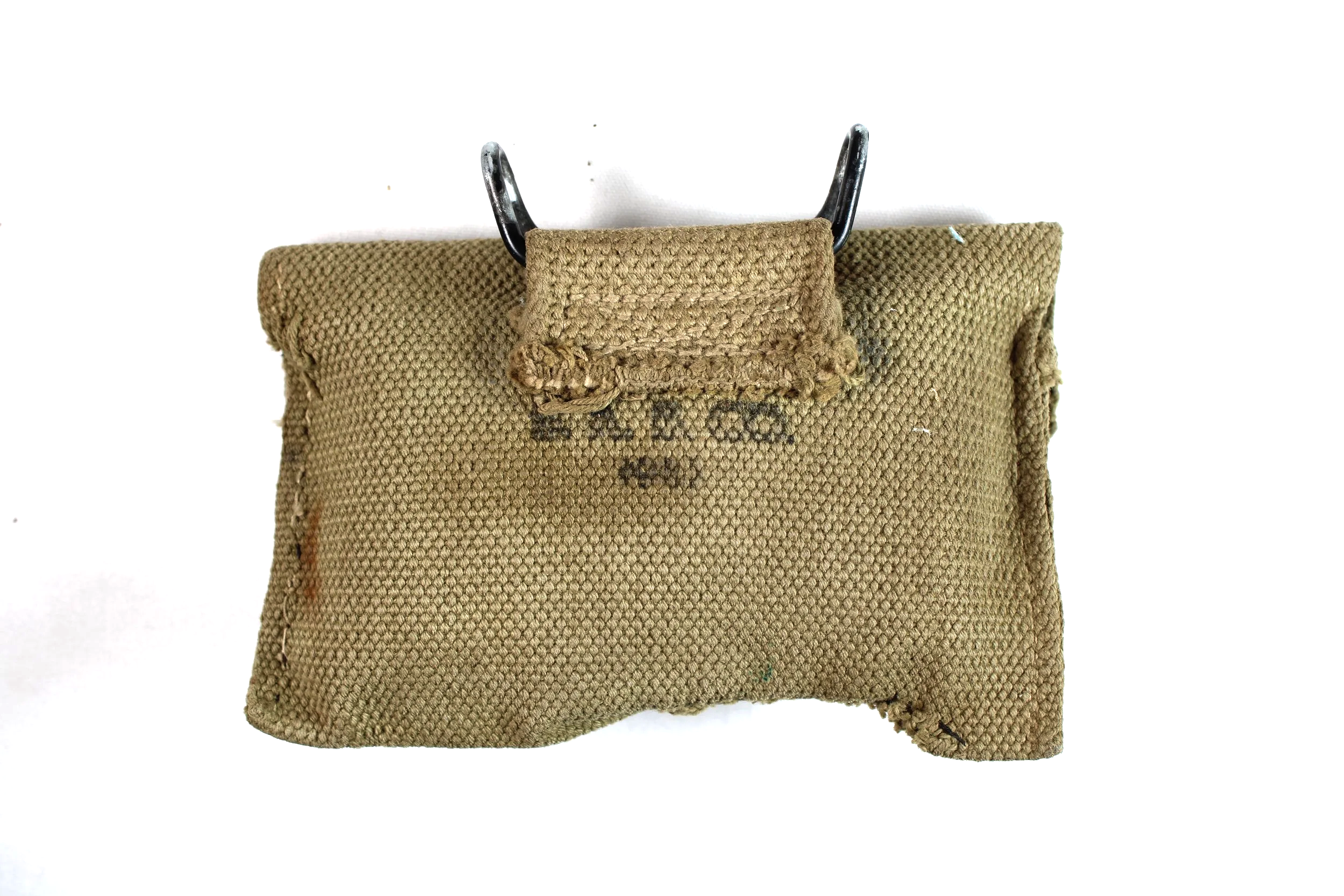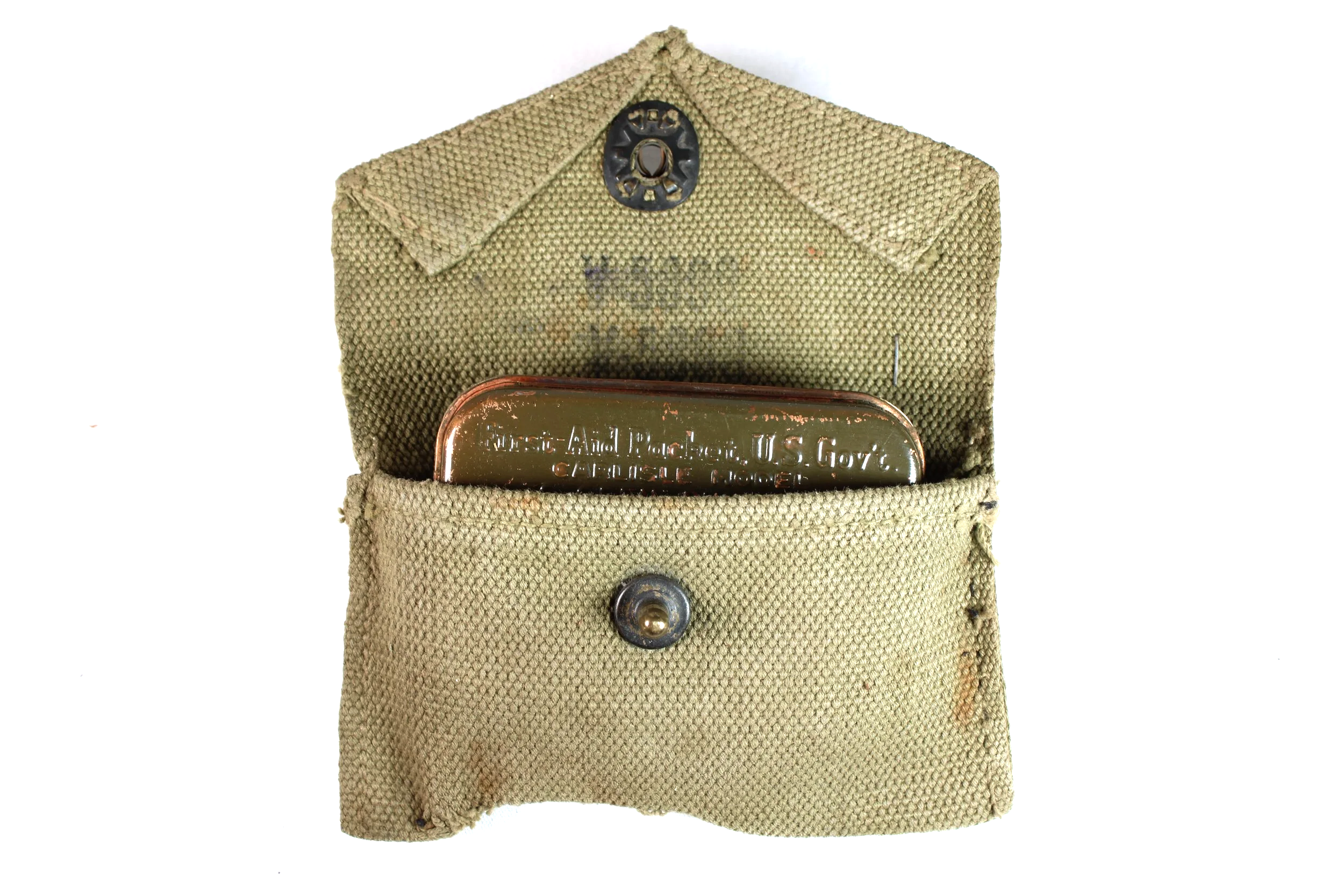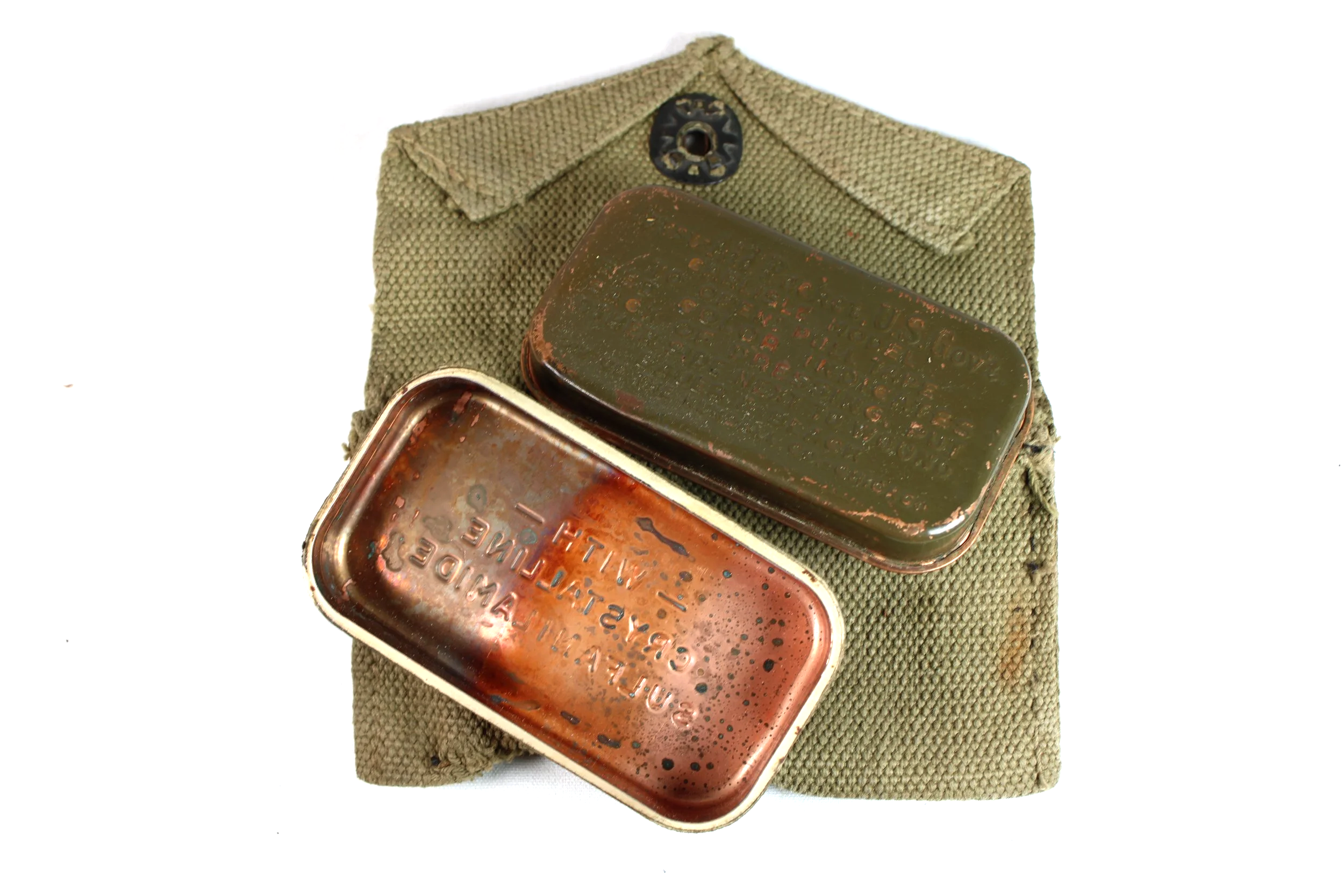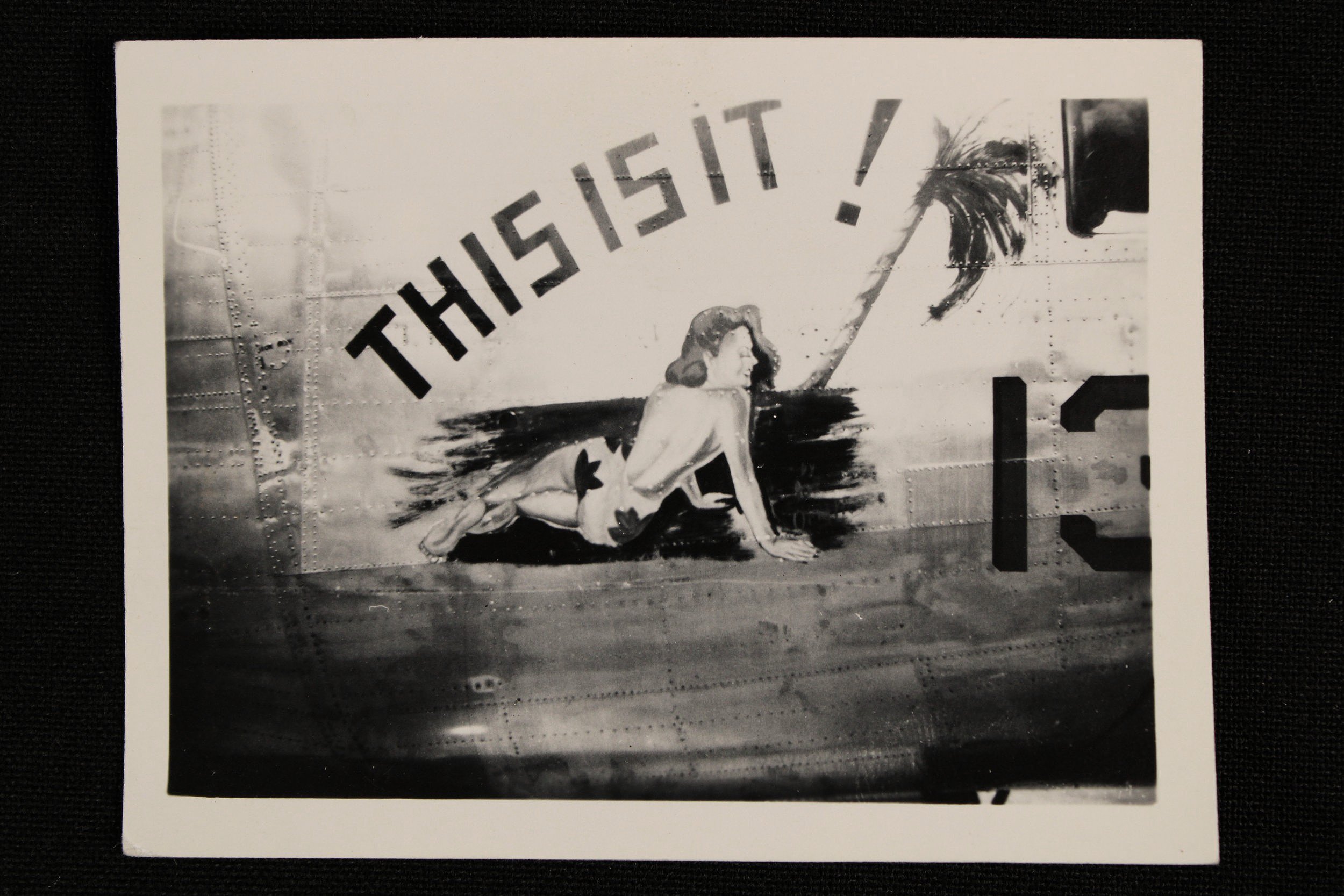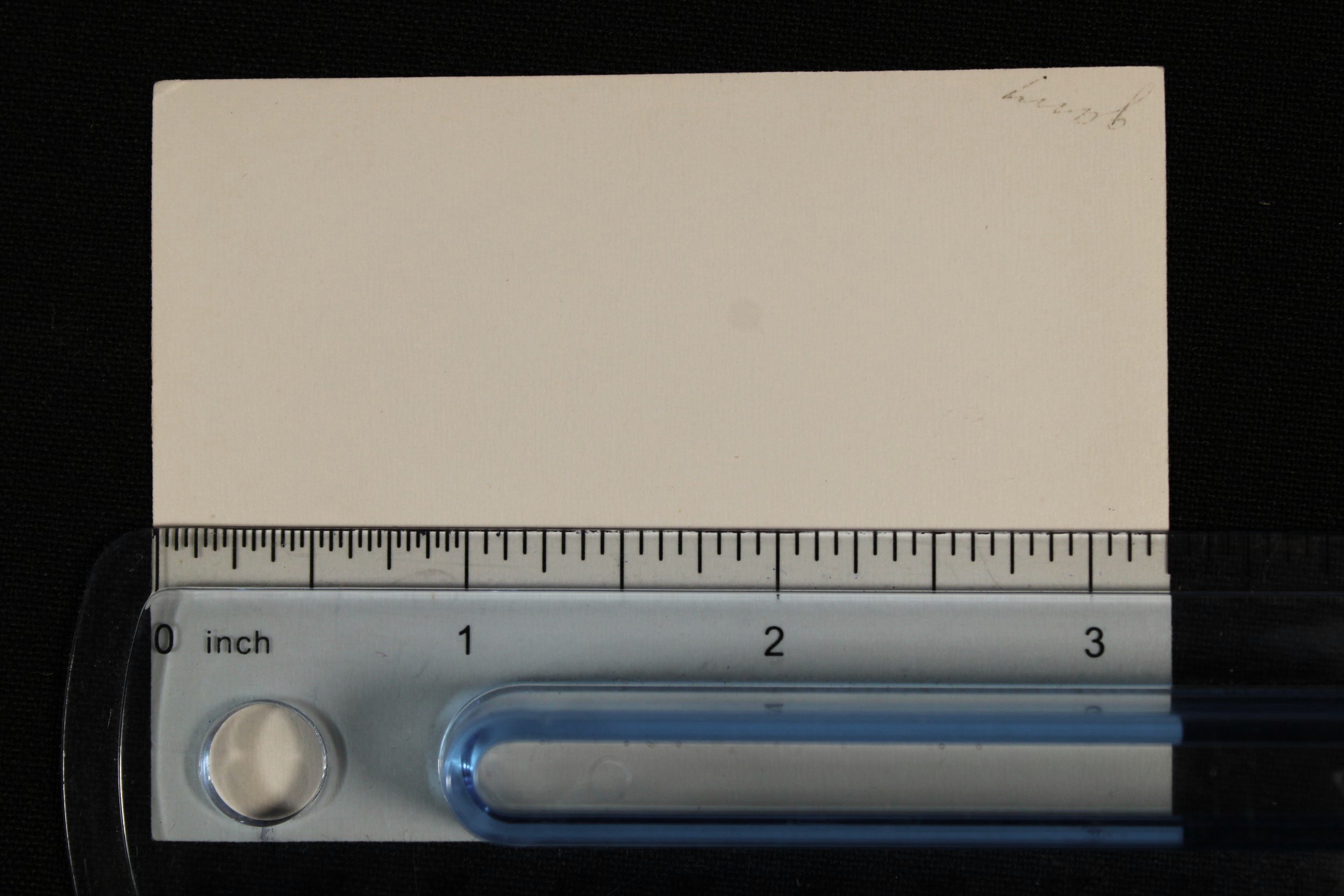 Image 1 of 9
Image 1 of 9

 Image 2 of 9
Image 2 of 9

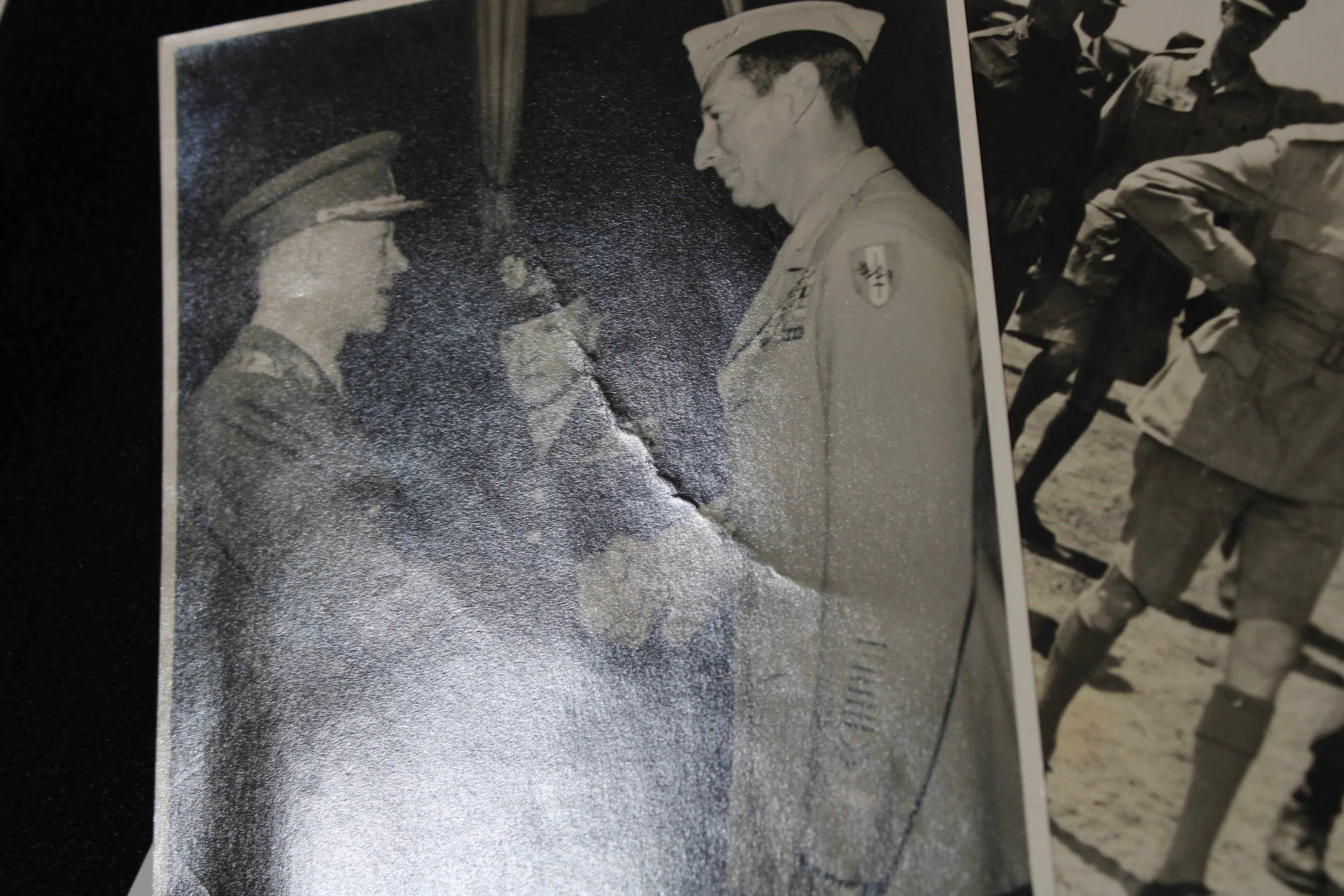 Image 3 of 9
Image 3 of 9

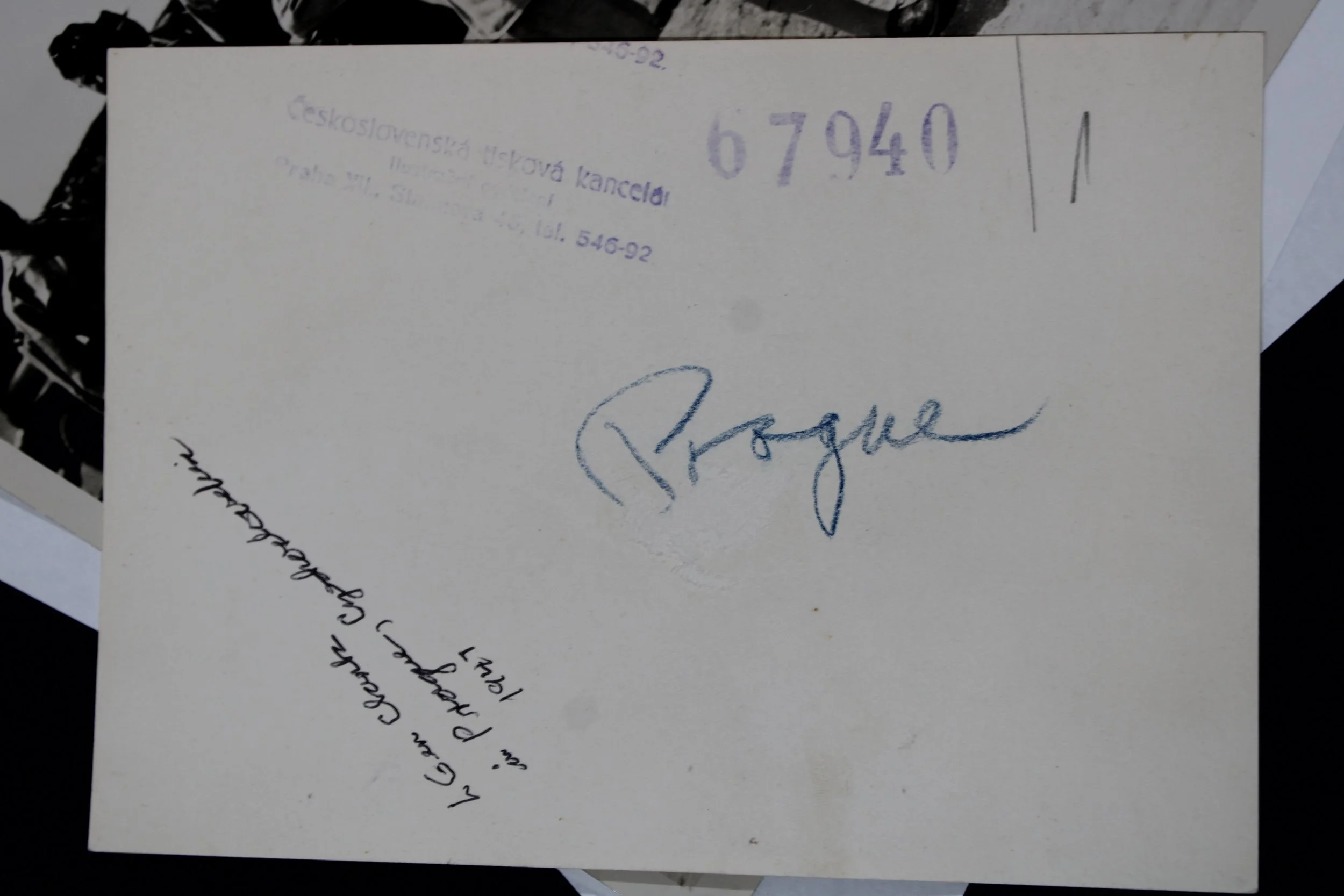 Image 4 of 9
Image 4 of 9

 Image 5 of 9
Image 5 of 9

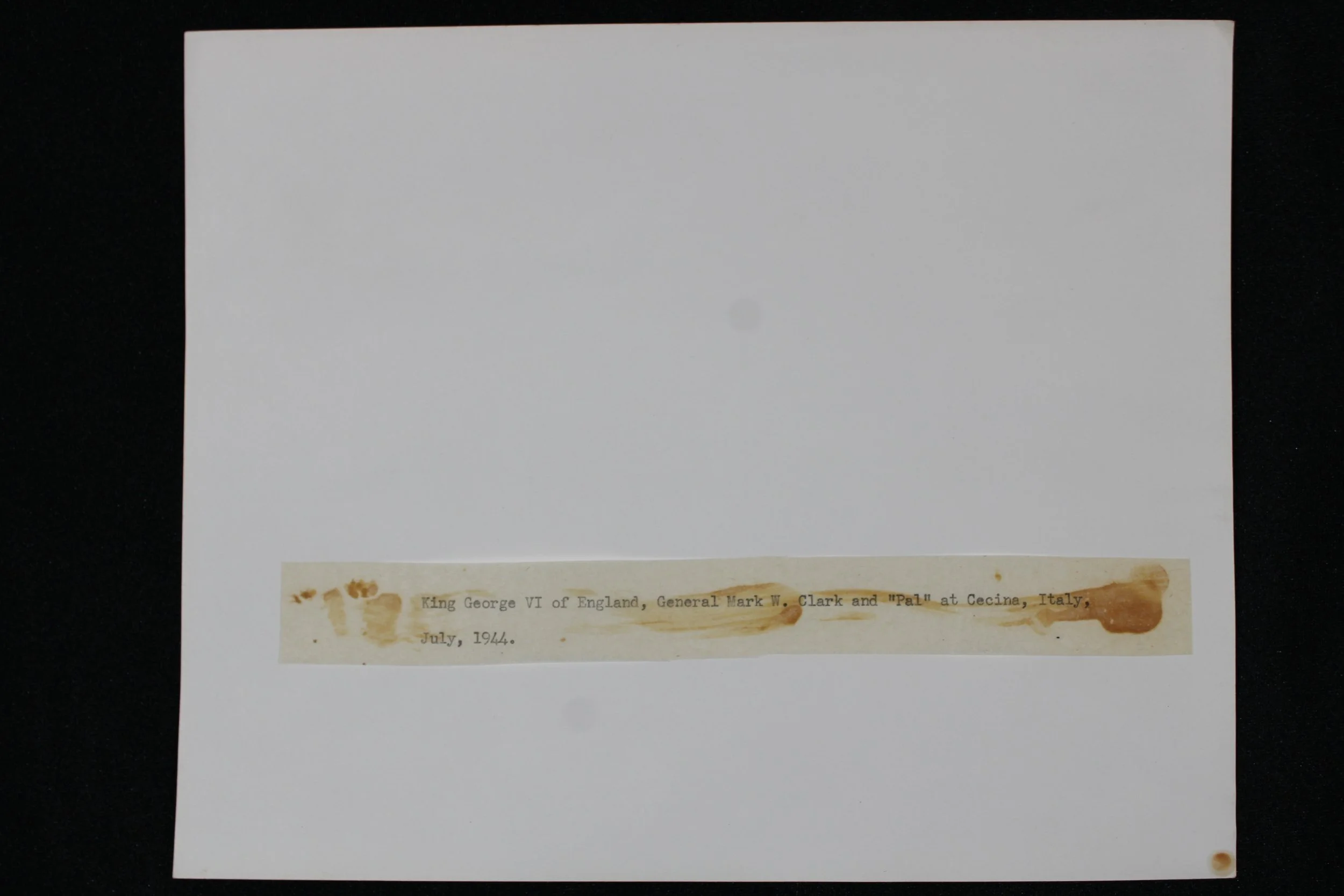 Image 6 of 9
Image 6 of 9

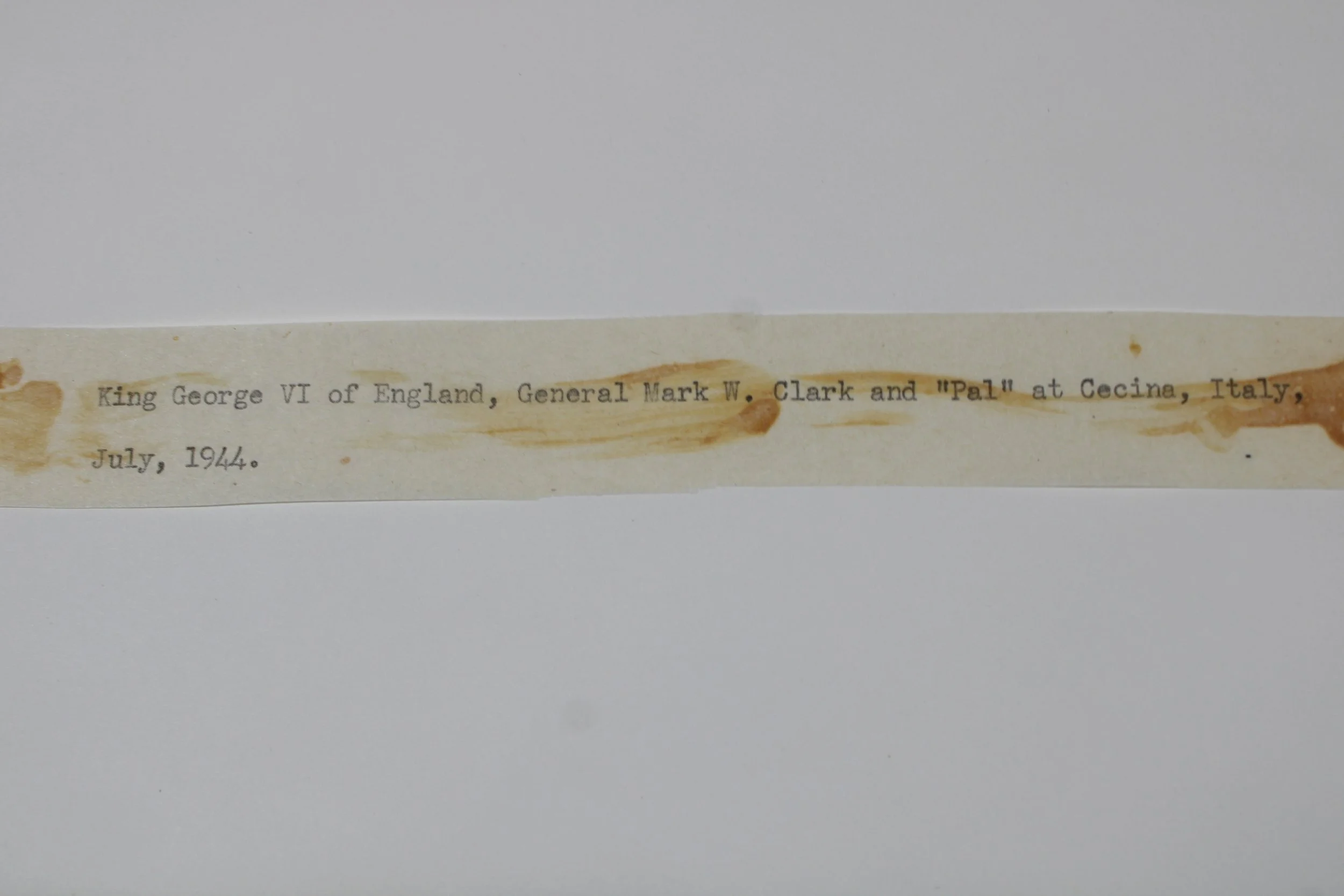 Image 7 of 9
Image 7 of 9

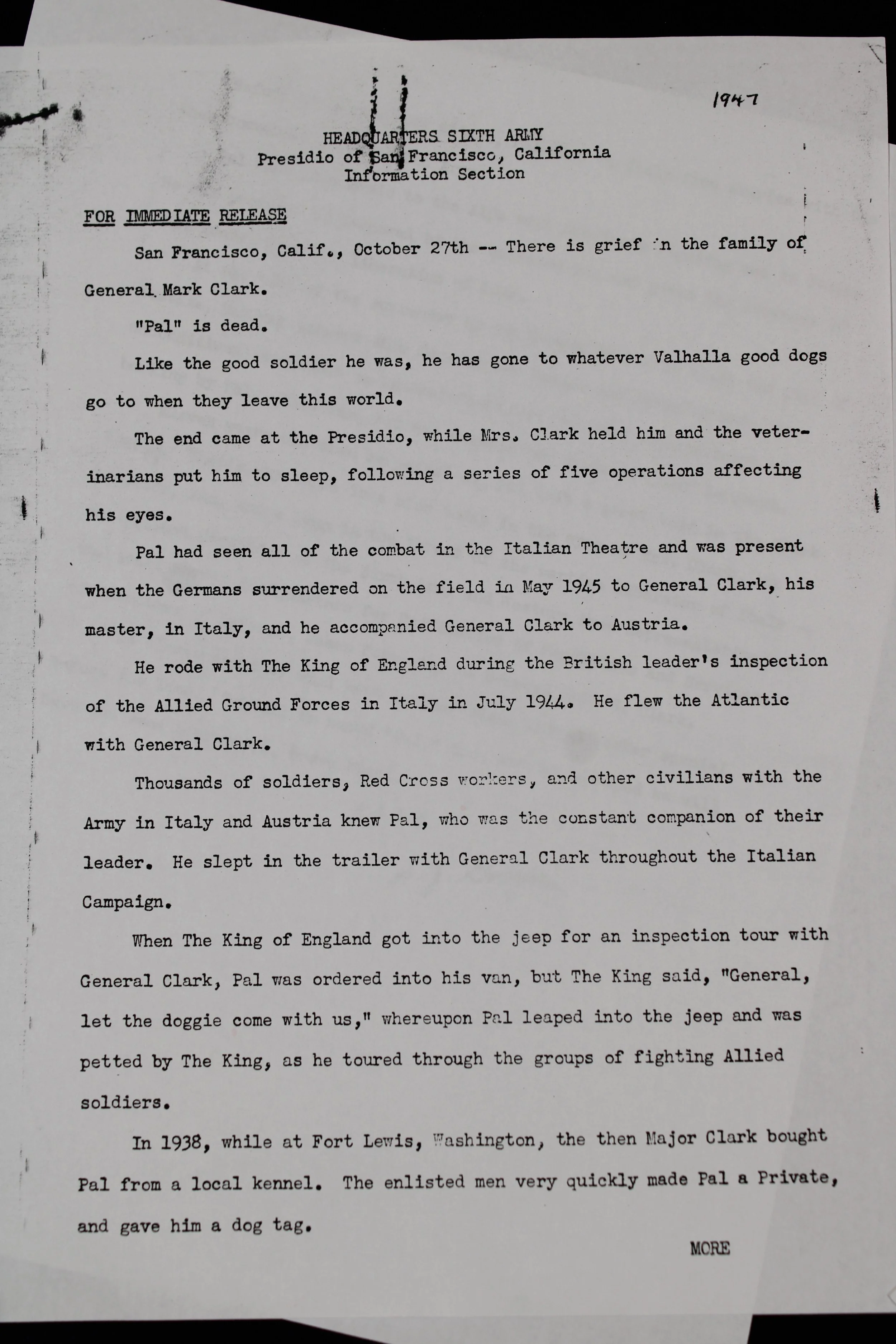 Image 8 of 9
Image 8 of 9

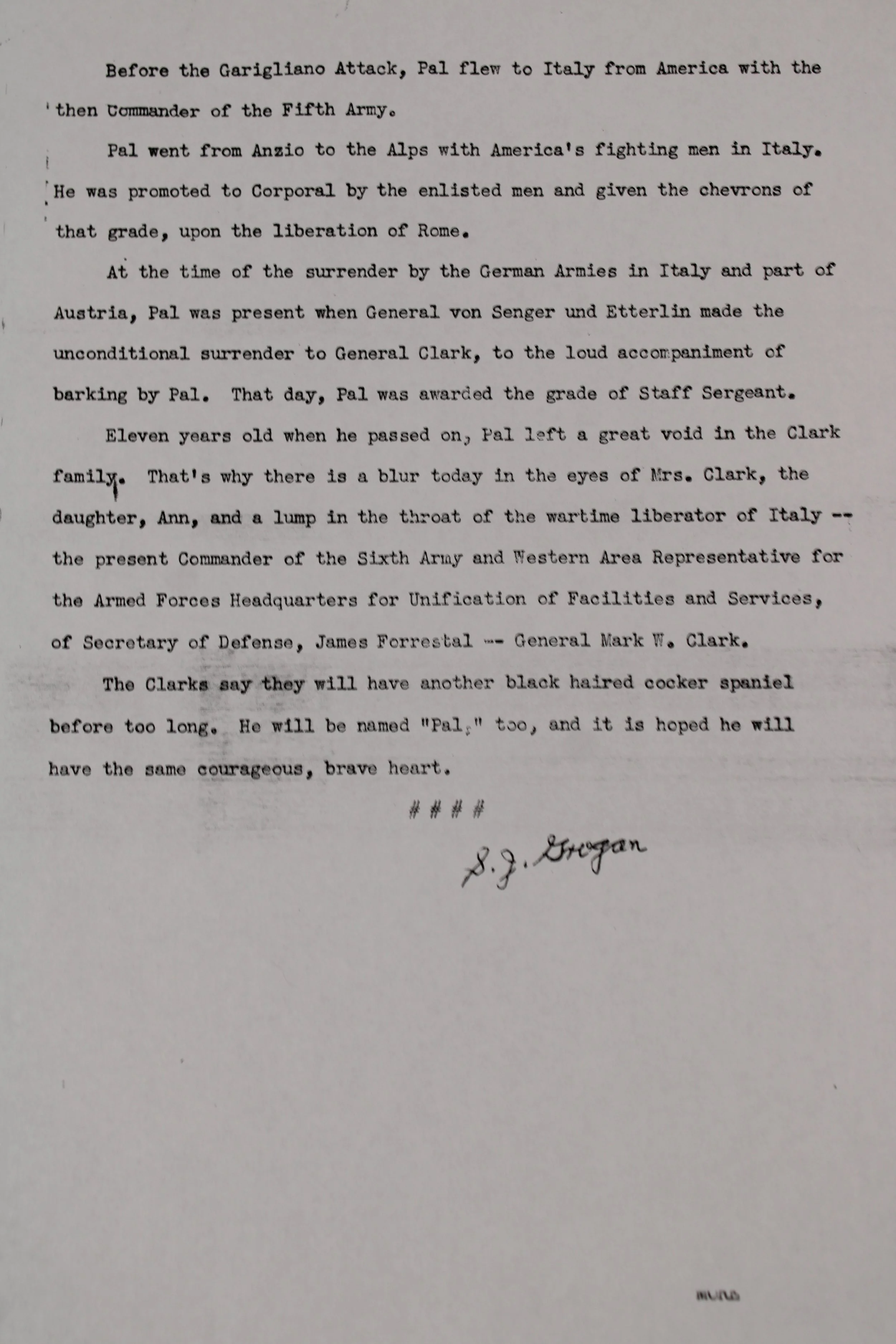 Image 9 of 9
Image 9 of 9










US Army General Mark W. Clark Original Photos And Copy Of Letter About His Famous Dogs Death
Smaller photo is General Mark in Progue 1947. Size 7×5”
Large photo is King George VI with General Clark and his beloved war dog “Pal”, Cecine Italy, July 1944. Size 10×8”
The Letter was of the accomplishment loss of General Mark Clark’s soldier and companion “Pal”. Pal was there to witness combat in the Italian Theatre and present for the surrender of the Germans on the field in May 1945 to General Clark. Pal was known to thousands of soldiers and civilians in Italy and Austria, even the King of England was very fond of the soldier pup. Pal became a Private in 1938 and was awarded the grade of Staff Sergeant in 1945 when the Germans surrendered. He passed at the age of 11.
Mark Wayne Clark (1 May 1896 – 17 April 1984) was a United States Army officer who fought in World War I, World War II, and the Korean War. He was the youngest four-star general in the U.S. Army during World War II.
During World War I, he was a company commander and served in France in 1918, as a 22-year-old captain, where he was seriously wounded by shrapnel. After the war, the future US Army Chief of Staff, General George C. Marshall, noticed Clark's abilities. During World War II, he commanded the United States Fifth Army, and later the 15th Army Group, in the Italian campaign. He is known for leading the Fifth Army when it captured Rome in June 1944, around the same time as the Normandy landings. He was also the head of planning for Operation Torch, the largest seaborne invasion at the time.
On 10 March 1945, at the age of 48, Clark became one of the youngest American officers promoted to the rank of four-star general. Dwight D. Eisenhower, a close friend, considered Clark to be a brilliant staff officer and trainer of men.
Smaller photo is General Mark in Progue 1947. Size 7×5”
Large photo is King George VI with General Clark and his beloved war dog “Pal”, Cecine Italy, July 1944. Size 10×8”
The Letter was of the accomplishment loss of General Mark Clark’s soldier and companion “Pal”. Pal was there to witness combat in the Italian Theatre and present for the surrender of the Germans on the field in May 1945 to General Clark. Pal was known to thousands of soldiers and civilians in Italy and Austria, even the King of England was very fond of the soldier pup. Pal became a Private in 1938 and was awarded the grade of Staff Sergeant in 1945 when the Germans surrendered. He passed at the age of 11.
Mark Wayne Clark (1 May 1896 – 17 April 1984) was a United States Army officer who fought in World War I, World War II, and the Korean War. He was the youngest four-star general in the U.S. Army during World War II.
During World War I, he was a company commander and served in France in 1918, as a 22-year-old captain, where he was seriously wounded by shrapnel. After the war, the future US Army Chief of Staff, General George C. Marshall, noticed Clark's abilities. During World War II, he commanded the United States Fifth Army, and later the 15th Army Group, in the Italian campaign. He is known for leading the Fifth Army when it captured Rome in June 1944, around the same time as the Normandy landings. He was also the head of planning for Operation Torch, the largest seaborne invasion at the time.
On 10 March 1945, at the age of 48, Clark became one of the youngest American officers promoted to the rank of four-star general. Dwight D. Eisenhower, a close friend, considered Clark to be a brilliant staff officer and trainer of men.


